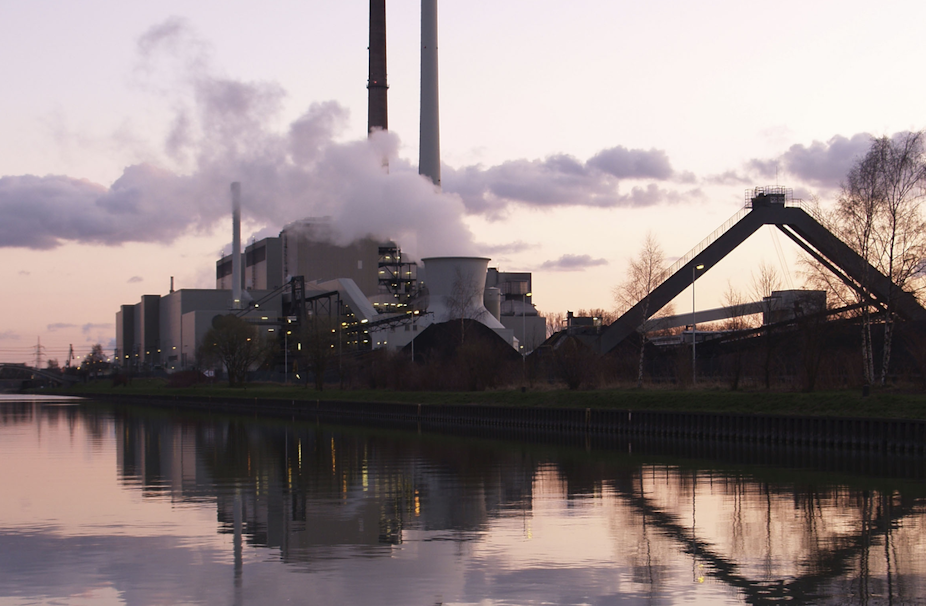In 2008, the European carbon market crashed. Carbon emission allowances in the EU Emissions Trading System (ETS) plunged from €30 per tonne of C02 in June 2008 to €7 at the beginning of 2009. Prices have fluctuated around €5 ever since.
There is broad consensus on why the price remains low. Partly, it is due to the recession: lower industrial output means less demand for allowances. At the same time, other environmental policies (such as renewable energy and energy efficiency) have been promoted, and this has confused the market. Overarching these factors are the short-term approach to decision making taken by most businesses, which makes it difficult to promote the long-term benefits of environmental investment, and general uncertainty about EU and international emission targets.
But is the low price a problem? The answer depends on how you view the objectives of the scheme.
Some see the emissions trading as a mechanism established purely to reduce greenhouse gas emissions over time at the lowest possible cost. From this perspective, the current low price is due to the interplay of supply and demand, and there is no need for intervention.
Others think the scheme should also provide a clear price signal to support technological innovation. In other words, the carbon price must be high enough to discourage large investments that lock in companies to highly polluting, high-carbon technologies for decades to come. Instead, companies would be encouraged to invest early in low carbon technologies. From this point of view, the current low price is a problem that must be fixed.
Spanners in the works
The debate around emissions trading reform has become polarised and political. The real issue is lack of responsiveness to changing current events in a system designed with decade-long timescales in mind.
Unforeseen events, such as a change in economic conditions or new technological developments, can trigger dramatic changes in demand. To function properly, an emissions trading scheme needs to be able to respond to these changes.
A responsiveness mechanism may be the answer. The scheme could be adapted to include an override that would lessen the impact of excessive undersupply or oversupply of allowances.
Ideally, such a mechanism would be clear and transparent. Clear, so that every buyer and seller in the market is able to understand how it operates. And transparent, with the system data readily available to ensure the mechanism could not be gamed or subject to political lobbying.
What are the options? Some stakeholders support the creation of a “price collar” – a price floor to prevent the price falling so low as to discourage innovation, and a price ceiling to cap costs for industries covered by the scheme.
This sounds straightforward but it is difficult to set appropriate price thresholds. The price ceiling, in particular, might well be set to protect against only politically unacceptable high prices.
Others, including the European Commission, support the creation of a market stability reserve. Here, the commission would automatically add and withhold allowances from the market based on a set of rules agreed in advance. Triggers could be based on various indicators, such as the overall number of allowances in circulation.
Depending on the design of the rules, a market stability reserve could be relatively clear and simple to understand. However, for it to be transparent the quantitative data used to determine the triggers should be available to market participants.
Price data is readily and continuously observable from the market, but the commission has historically been slow to release quantitative data on allowance usage, and the data has been subject to restrictions.
In this context, it is troubling that the European Commission has recently decided to stop releasing information on the extent to which firms use international carbon offsets, where polluting companies buy credits from others who are making emissions reductions in lieu of making their own. While this is part of the system’s normal functioning, the quality of international offset credits purchased from outside the EU ETS – in terms of representing genuine, effective carbon emissions reductions – lacks transparency, and can be dubious or exposed to fraud.
The market reserve mechanism will only operate correctly if firms can respond promptly and appropriately to the triggers – and this will require greater system transparency than the commission is providing.

